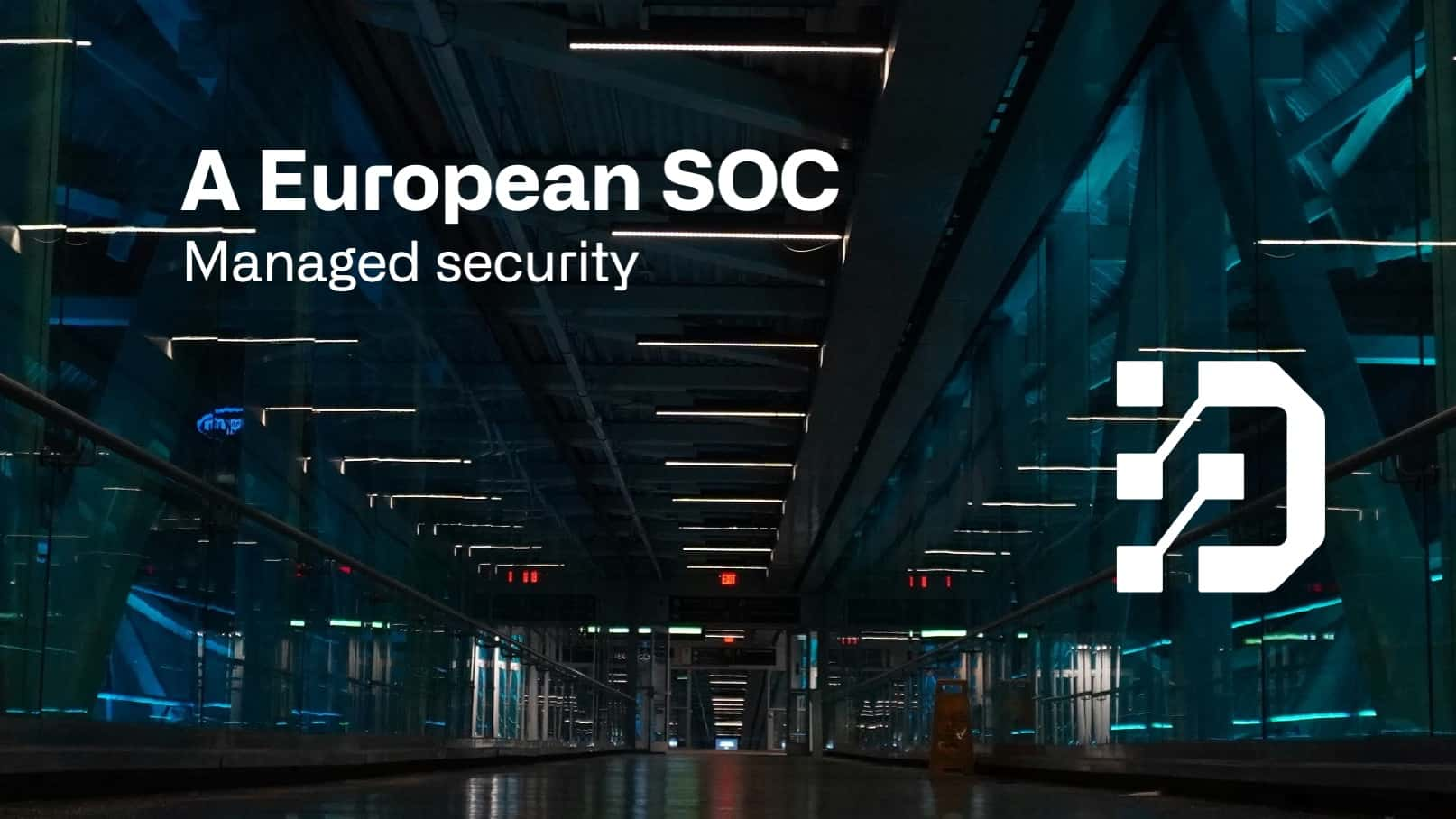Deze website maakt gebruik van cookies.
Wanneer u websites bezoekt, kunnen deze gegevens in uw browser opslaan of ophalen. Deze opslag is vaak noodzakelijk voor de basisfunctionaliteit van de website. De opslag kan worden gebruikt voor marketing, analyse en personalisatie van de site, zoals het opslaan van uw voorkeuren. Privacy is belangrijk voor ons, dus u heeft de mogelijkheid om bepaalde soorten opslag uit te schakelen die mogelijk niet nodig zijn voor de basiswerking van de website. Het blokkeren van categorieën kan van invloed zijn op uw ervaring op de website.
Beheer toestemmingsvoorkeuren per categorie
Strikt noodzakelijk
Always Active
Deze items zijn vereist om de basisfunctionaliteit van de website mogelijk te maken.
Deze items worden gebruikt om advertenties weer te geven die relevanter zijn voor u en uw interesses. Ze kunnen ook worden gebruikt om het aantal keren dat u een advertentie ziet te beperken en de effectiviteit van advertentiecampagnes te meten. Advertentienetwerken plaatsen ze meestal met toestemming van de websitebeheerder.
Met deze items kan de website de keuzes die u maakt onthouden (zoals uw gebruikersnaam, taal of de regio waarin u zich bevindt) en verbeterde, persoonlijkere functies bieden. Een website kan u bijvoorbeeld voorzien van lokale weerberichten of verkeersnieuws door gegevens over uw huidige locatie op te slaan.
Deze items helpen de website-exploitant te begrijpen hoe zijn website presteert, hoe bezoekers omgaan met de site en of er mogelijk technische problemen zijn. Dit opslagtype verzamelt doorgaans geen informatie die een bezoeker identificeert.










